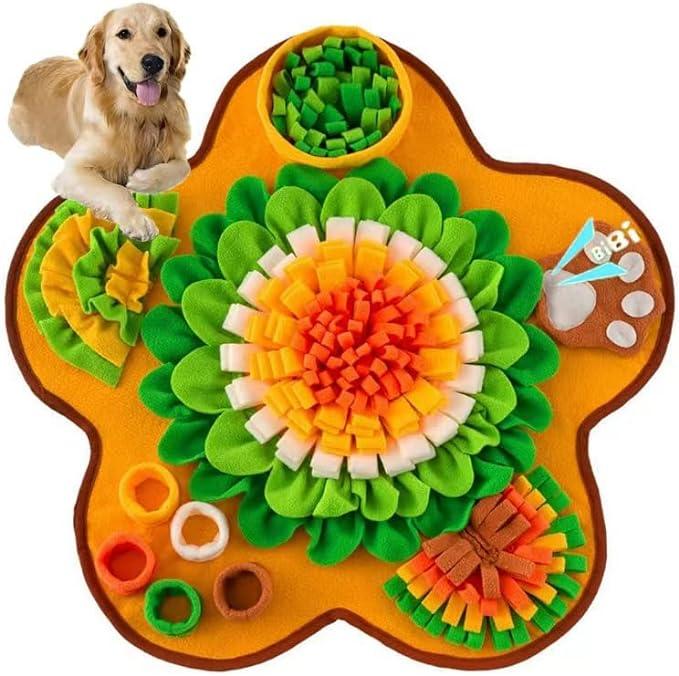The Versatility of Slatted Wall Panels in Interior Design
Slatted wall panels have rapidly gained popularity in interior design, becoming a sought-after choice for both residential and commercial spaces. With their clean lines and contemporary aesthetic, these panels offer a unique way to enhance the visual appeal of any room while also providing practical benefits. This article explores the versatility of slatted wall panels, highlighting their design possibilities, functional advantages, and the various materials available.
Aesthetics and Design Options
One of the primary attractions of slatted wall panels is their modern aesthetic. The linear arrangement of slats creates a sense of rhythm and movement, adding depth to otherwise flat surfaces. Available in various widths, lengths, and colors, slatted panels can be custom-designed to suit personal taste and specific interior styles.
In a minimalist space, light-colored wood slats can introduce warmth without overwhelming the design, while darker hues can add a striking contrast to light walls. Additionally, slatted panels can be painted or stained to match existing décor, ensuring versatility in design choices. They can be used as feature walls in living rooms, behind beds in bedrooms, or even as subtle accents in hallways.
Functional Benefits
Beyond aesthetic appeal, slatted wall panels offer numerous functional benefits. One of the key advantages is their ability to improve acoustics in a room. The slatted design can help to diffuse sound waves, reducing echo and creating a more pleasant auditory environment. This makes them particularly useful in open-concept living spaces or commercial settings like offices and restaurants, where noise levels can be an issue.
Moreover, slatted panels can contribute to better air circulation. When strategically placed, they allow airflow behind the slats, which can be advantageous in areas that may require ventilation, such as kitchens or bathrooms. This feature is not only practical but can also enhance the durability of the materials used by preventing moisture buildup.
slatted wall panels

Material Choices
When it comes to materials, slatted wall panels offer a wide array of options, allowing designers and homeowners to select the best fit for their specific needs. Common materials include wood, MDF (Medium Density Fiberboard), and various composite options. Natural wood panels bring a timeless quality and organic feel to a space, while MDF provides a budget-friendly alternative that can be easily painted and customized.
For those looking to go green, eco-friendly options made from sustainable materials are also available. Reclaimed wood panels can add character and history to a design, while manufactured wood products can contribute to LEED certification in green building practices, appealing to environmentally-conscious buyers.
Installation and Maintenance
The installation of slatted wall panels is relatively straightforward, often involving simple adhesive or fastening methods. For DIY enthusiasts, this presents a perfect project to enhance their space without requiring professional help. Maintenance is similarly low-effort, with most panels simply needing regular dusting and occasional cleaning to keep them looking fresh and vibrant.
Conclusion
In conclusion, slatted wall panels represent a versatile solution for enhancing both the aesthetic and functional aspects of interiors. Their modern appeal, combined with practical benefits like sound absorption and airflow enhancement, make them suitable for a myriad of applications. Whether you’re redesigning a home or revamping a commercial space, slatted wall panels can effectively marry style and function, creating environments that are as pleasing to the eye as they are comfortable to inhabit. As trends continue to evolve in the realm of interior design, slatted panels are poised to remain a staple in contemporary decor.
